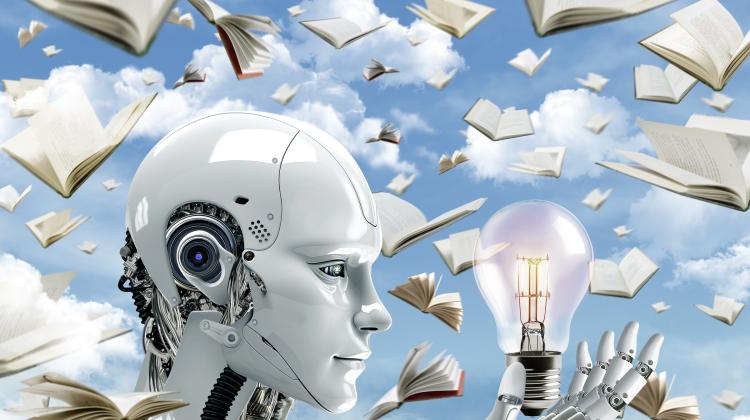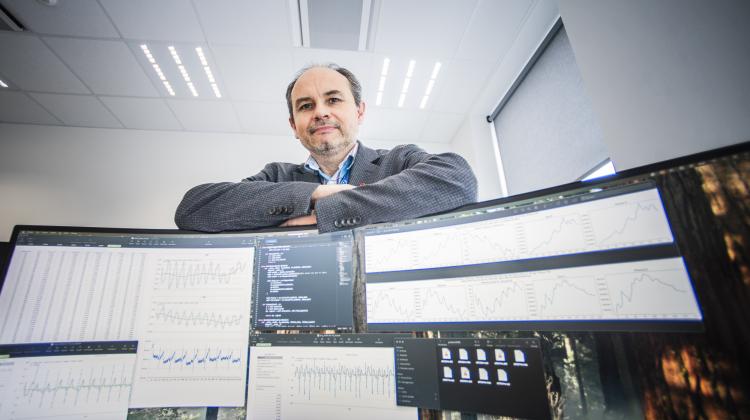So has the Swedish Academy of Sciences found a way to recognise achievements outside the closed list of categories defined by the last will of the founder, Alfred Nobel? I think so, because while recognising the role that artificial intelligence plays in the modern world, it is worth acknowledging the impact that this year’s Nobel laureate have had on the development of machine learning.
It has not been known for a long time that computer science is a scientific field that has its foundations in mathematics, but is undeniably inspired by physics. The achievements of this year's Nobel laureates perfectly illustrate the interdependence of scientific disciplines.
J.J. Hopfield was interested in the process of human thinking and remembering, and thanks to the developments in statistical physics at the time, he proposed in 1982 a novel construction of symmetric recursive connections that provides the ability to reconstruct and recognise remembered patterns. The so-called Hopfield network, based on ‘associative memory’, applies associations to an available fragment of a pattern or a pattern similar to it. The solution gave rise to entirely new models of neural networks (including the Bolzman machine), which, although not widely used today due to their computational complexity, revived interest in neural networks in the 1980s and sparked modern developments in the field of artificial intelligence.
The second award winner, Briton Geoffrey Everest Hinton, studied physics and physiology at Cambridge University. In pursuit of creating a self-learning programme, he explored a number of scientific disciplines, including cognitive psychology and deep learning. Inspired by the work of John McCarthy, he sought to create neural networks that could detect complex patterns of input data from the analysis of a dataset. He co-developed the ‘Forward-Forward’ algorithm, which, by mimicking the behaviour of human neural networks, facilitates artificial neural networks to self-learn. Replacing error back-propagation in supervised learning, he proposed two-stage ‘forward’ learning to enable continuous learning.
The efforts of the two prize-winning scientists, exploring how the human brain remembers and processes information, are the foundation of artificial intelligence, one of the leading areas of computer science. Thanks to the Nobel laureates' achievements, we are able to overcome further barriers in the creation of intelligent algorithms capable of independently recording, analysing and adapting to changes in the environment.
The information contained in John J. Hopfield's biographical note says that the scientist's parents were American physicists of Polish origin. It is hoped that maybe soon we will also see Polish scientists among the Nobel Prize winners in physics or chemistry.




